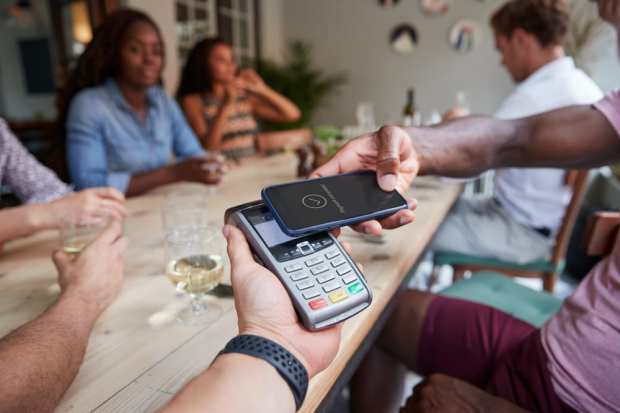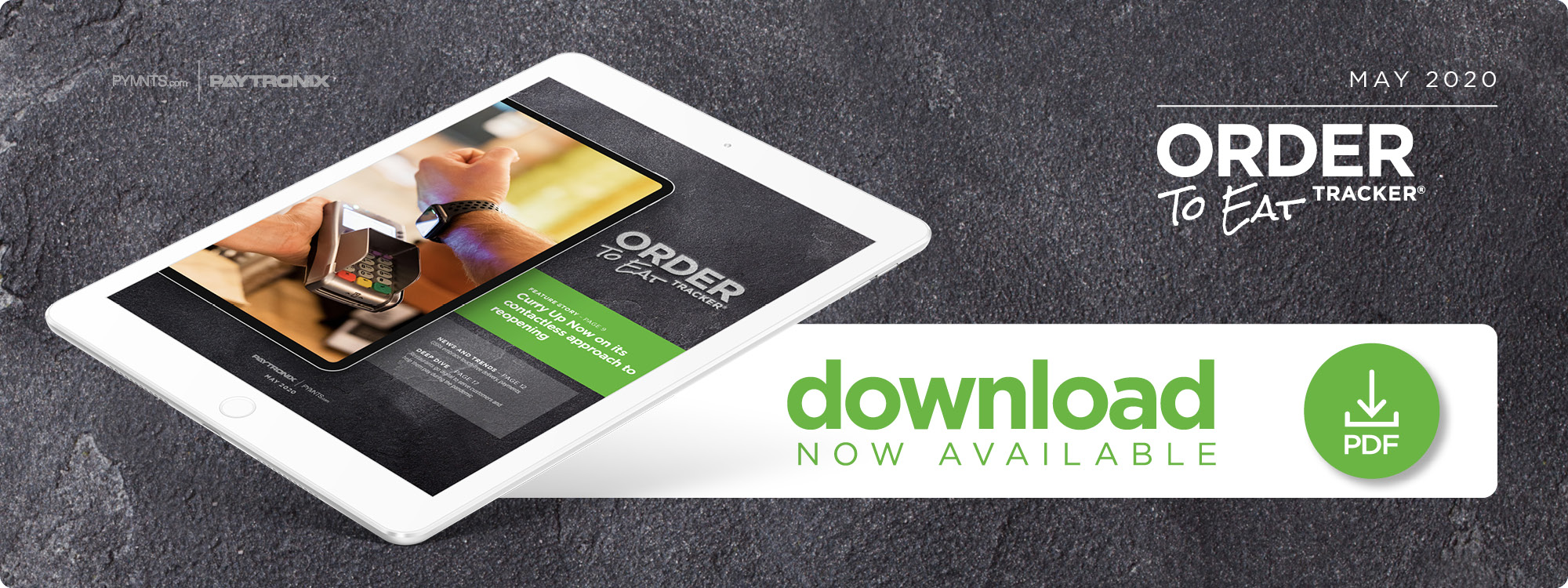Deep Dive: Contactless Payments And Touch-Free Ordering: How QSRs Are Reopening Their Storefronts

Approximately 30,000 U.S. restaurants have permanently shuttered operations, and more than 110,000 anticipated closing their doors in April, according to recent estimates from the National Restaurant Association.
Fallout from the COVID-19 pandemic is expected to cause roughly $225 billion in lost sales by the end of May.
Approximately 30 states are angling to partially reopen their economies, however, and many independent restaurant businesses and quick-service restaurant (QSR) chains are eager to open their storefronts. This may be easier said than done, however, as consumers are still apprehensive about visiting dine-in restaurants and interacting with various in-store touchpoints.
Many eateries are thus reimagining their operations to offer guests touch-free ordering and payment experiences. The following Deep Dive explores how contactless payments and digital ordering processes are going to be vital to restaurants’ survival during the pandemic and in the future.
A Cash-Free Environment
Consumers have long relied on cash and other physical payment options, but the spread of COVID-19 has many rethinking how they pay in stores. Some sources note that certain strains of the virus can survive on paper for up to five days, and many consumers — including those recovering from the disease and those trying to keep safe — have expressed concerns about how frequently hard currency changes hands.
Similar worries extend to card-based payments, too, as the virus can remain active on plastic surfaces for up to three days. The average consumer typically makes six to 12 in-person transactions during that timeframe.
Such issues are driving the adoption of contactless payments. These payment options include EMV cards — which consumers can tap against point-of-sale (POS) terminals to avoid making direct contact — and mobile wallets such as Apple Pay, Google Pay and Samsung Pay, which consumers can use for both in-store and online payments.
The restaurant industry has leveraged these payment technologies for years, but their adoption has not been quick. This is changing amid the pandemic, however, putting contactless payments front and center as consumers and businesses work to curb the virus’s spread. Some restaurants aiming to avoid precipitous sales slides or even permanent closures are allowing customers to pay with peer-to-peer (P2P) payment apps, such as Venmo. Others are instituting no-cash policies to reduce the risk of viral transmission.
Chick-fil-A is one restaurant shifting to a cashless model, for example. Its locations in Florida, Georgia, Indiana, Maryland and Virginia made the switch to avoid spreading the virus and help customers feel safe entering establishments to place or pick up orders. Others have also moved to cashless approaches, including the Castellucci Hospitality Group, which runs several restaurants in Atlanta, and Tender Greens, a Los Angeles-based chain.
Scrapping the use of cash may seem like a sensible approach during the pandemic, but cashless payment models have met with resistance in the past and had been banned outright in New York City, Philadelphia and the state of New Jersey before the outbreak began. Regardless of such hurdles, recent developments have made contactless cards and mobile payment options particularly appealing and viable options for restaurants planning to reopen soon. These businesses are also rethinking their ordering experiences beyond simply enabling contactless payments.
Reenvisioning the Restaurant Post-Pandemic
Restaurant owners that are beginning to reopen their locations are redesigning their dining spaces to adjust to the new normal. Guests arriving at restaurants can expect to find hosts donning face masks and gloves and standing behind plexiglass shields.
Eateries will also feature more space with fewer tables and fewer seats, and many will be operating at half capacity. Guests will not be given self-serve options for buffets, salad bars or drinks, and even tabletop accessories, such as saltshakers and condiments, will likely disappear as staff work to comply with stepped-up sanitation requirements.
Electronic tablets that enable digital ordering at restaurant tables are also likely to become more common, and some predict that restaurants may even consider using robots rather than human servers.
Restaurant owners’ responses to the pandemic and efforts to keep their guests safe will ultimately determine which establishments weather the crisis and thrive after it has passed. Eateries must continue to tweak their operations in the meantime, however, by improving their to-go options and encouraging customers to pick up meals and take them home. Allowing customers to safely make contactless payments could be crucial to these efforts.

